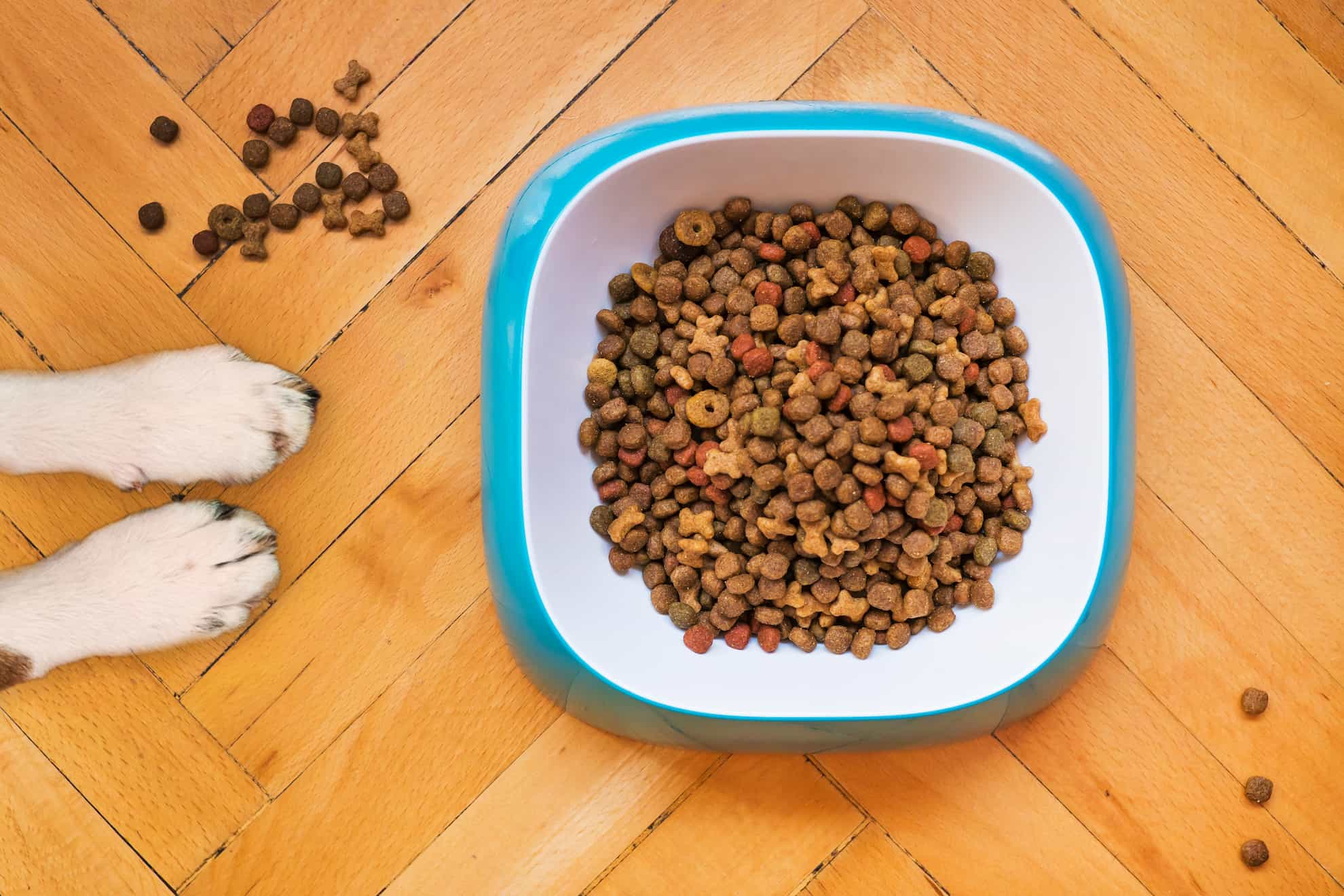Table of Contents
Nutritious Meals | Schedule | Small Changes | Food Windows | Resist Temptation
Summary:

Similar to humans, dogs are creatures of habit. They prefer to eat at the same time every day, and any disruption to that schedule can cause significant stress. Fortunately, you can totally change your dog's feeding schedule if you go slow, stay patient, and resist your dog’s whines.
5 Steps to Changing Your Dog's Feeding Schedule
Having a scheduled feeding time can bring some routine into your dog's life, which is perfect for any human with a busy lifestyle.
Here are 5 steps you should take to change feeding schedules.
Step 1: Provide Nutritious Meals
It’s easier to create and maintain a feeding schedule when your dog is eating delicious, healthy, and nutrient-rich foods. You must find the right recipe for your dog, whether you’re preparing kibble or a full-course meal. You can also fit treats and dental chews into your pet’s schedule.
Make sure you choose high-quality, age-appropriate food that includes ingredients suitable for their breed. Be aware of any food allergies your pup may have and adjust their diet accordingly. In the end, good food will keep your pup fuller for longer, which reduces whining and begging.
Step 2: Create a Schedule
The second step in creating a feeding schedule for your dog is to make sure you are consistent in feeding them. Feeding them at the same time each day is essential. If you develop a routine and do what you can to stick to it, you can make mealtime more enjoyable for both of you.
Even if your schedule changes, do your best to work towards establishing a reliable feeding routine. Use an app on your phone to set reminders, or use automatic feeders that dispense food at the appropriate time. But whatever you do, don’t give in to your dog’s demands.
Step 3: Start With Small Changes
If you change your dog’s feeding schedule suddenly, your dog could develop gastrointestinal issues. Your dog’s stomach “prepares” to eat a few minutes before feeding time, similar to how humans do. If you miss that time, your dog could experience dizziness, nausea, or vomiting.
To prevent this from happening, give your dog their meal an hour before schedule. If you’re trying to feed them later, give them half their meal at their currently scheduled feeding time, then the other half at the new time. Either way, allow your dog to eat until they stop eating.
Step 4: Set Brief Food Windows
Some dog breeds are too smart for their own good. They’ll know that you’re withholding food from them and will act stubbornly when their feeding times change. Or, they may not be hungry at the new feeding time and won’t eat. There’s an easy way to solve both of these problems.
First, establish a small food window where your dog is allowed to eat. 15 minutes is more than enough. If your dog doesn’t finish all their food in 15 minutes, take the bowl away. This teaches your dog that feeding time doesn’t last forever, and they’ll need to eat as quickly as possible.
Step 5: Resist Temptation
Finally, it's essential to stay up-to-date on food recall notifications. Unfortunately, there have been cases where pet food companies have issued recalls because of potential contamination or other issues. Keeping an eye out for these recalls can help ensure your pup gets the safest, most nutritious food possible. You will also be able to identify if there is a problem with the food you have chosen for your pup and can take action to switch brands or formulas as needed.
